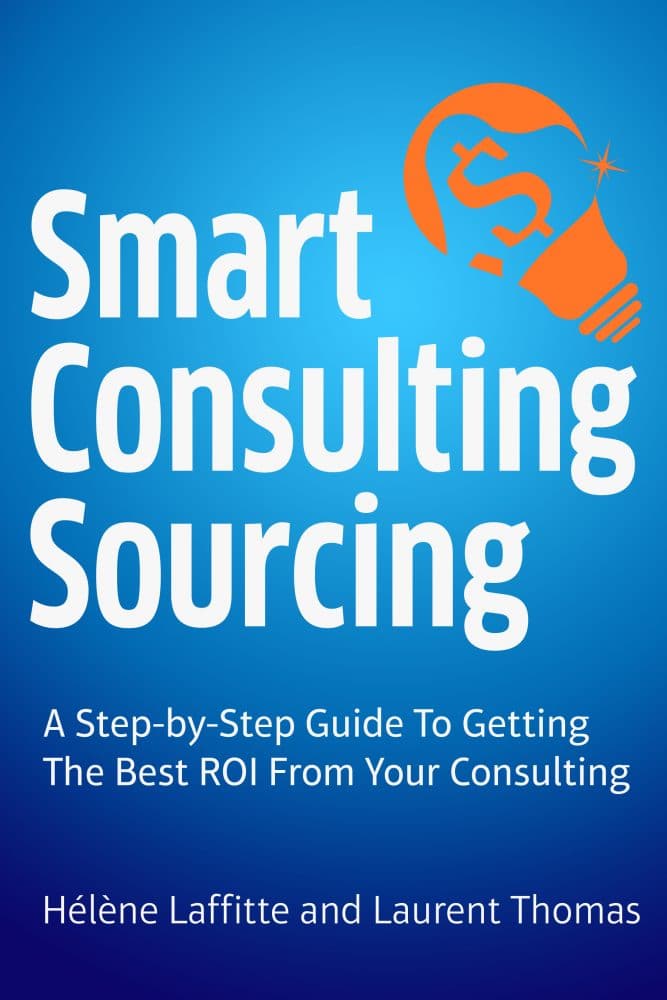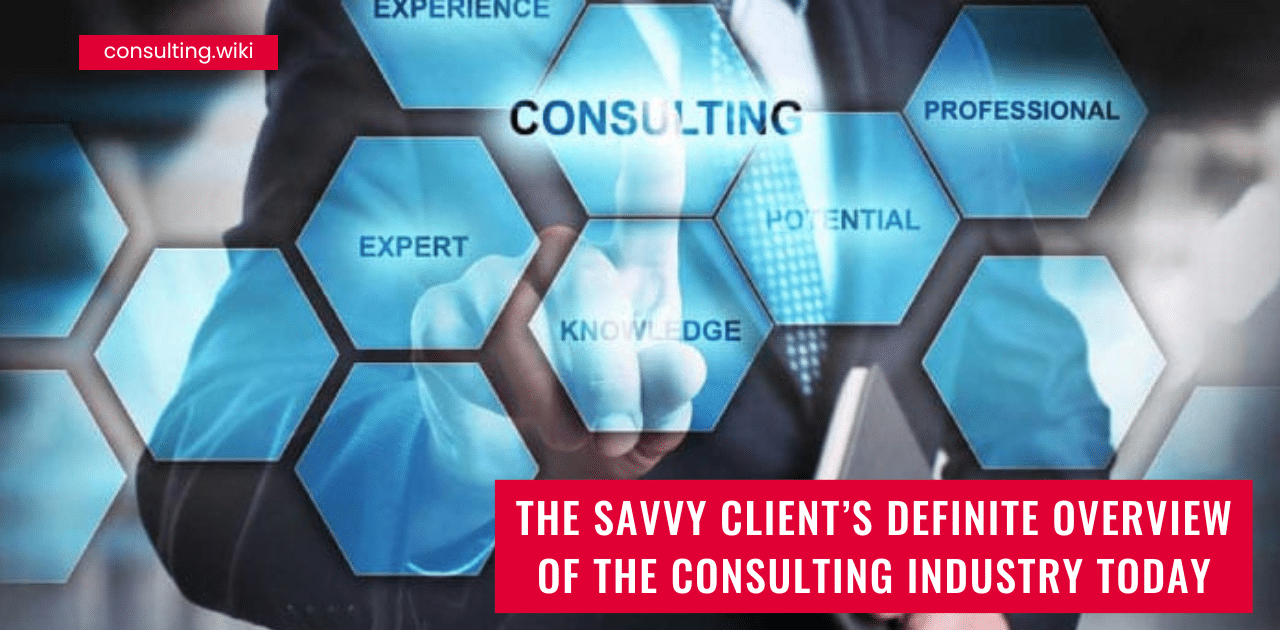
How to Avoid Potential Problems in the Course of a Project – A Cheat Sheet of 8 Best Practices
There are, unfortunately, no guarantees in life, so your best bet is to have a solid agreement and prepare yourself and your organization to deal with any unexpected problems that might arise during a consulting project. Just remember that all problems have a solution, and the better you plan ahead, the better the outcome will be.
How to Avoid Potential Problems in the Course of a ConsultingProject – A Cheat Sheet of 8 Best Practices
So let’s go through our Cheat Sheet List of 8 Best Practices for potentially problematic areas and figure out the best way to approach them.
You need to pay extra attention to the following :
1- Use Your Own Legal Team to Write Your Agreement.
The first and most obvious one is in order to know the contracts inside/out is to write these yourself. Plus, it will be easier if you regularly work with consultants. It is important to be clear on your expectations: the details of your project outcomes must be precisely described. Other important parts must include Scope of Work, Timeline, Governance, and how Performance will be measured. Don’t forget to protect your business and interests in an unexpected or worst-case scenario. And set the ground rules for your Consulting provider to follow and abide by.
“Visionary people face the same problems everyone else faces; but rather than get paralyzed by their problems, visionaries immediately commit themselves to finding a solution.” – Bill Hybels
READ ALSO
You are pretty familiar with the idea of the “comfort zone,” and the effort needed to go beyond the routine and our “comfort zone.” Understanding the Consulting market globally poses similar challenges.
2- Manage the Changes in the Project.
When the project kicks off, everything seems going in the right direction, but many things can change in a long-term project. You should limit the changes in scope as much as possible, and maintain the terms and conditions as they are. However, if it happens, you should trace all changes to avoid disagreements later. We recommend to include a clause stipulating that the contract can only be changed in writing.
“All changes on the project regarding scope, budget, deliverables, and prices will be documented by amendments to the contract or registered in the minutes of the Steering Committee.”
3- Choose the Governing Law.
Governing law, also known as “choice of law,” is a key component of a contract. Keep in mind that your contract is always the first point of reference if a conflict arises with your Consulting provider.
You need to discuss with your legal team and ask yourself the question: “What Law would best protect our interests in a consulting agreement?”
Your Consulting provider might also have some demands on that side as well. Don’t treat them lightly, and if necessary, include them in the negotiation.
4- Prevent Solicitation of Personnel.
Simply prohibit this approach and include it in the agreement. War of talents is ferocious in Consulting, just like it might be in your own industry. A healthy rule is to forbid yourself to poach the Consulting firm’s best talent, and in return, demand the same.
5- Set Liabilities, Indemnification, and Warranties.
As a rule, you need to limit the risk for your company while entering this agreement. Warranties and Liability are usually an important part of the negotiation since the Consulting firm will also try to reduce their financial exposure. Indemnification is another way to limit Liability by requiring your Consulting providers to have the appropriate level of insurance.
In a Consulting Agreement, you will often see a Limitation of Liability each party can incur and a Disclaimer of Warranty.
6- Dealing with Default and Termination.
Typically, a consulting contract is terminated at the end of the project. The Consulting firm has delivered the Service, and the Client has paid for the Service.
There are 3 main reasons why a contract can be terminated before the end of the project:
-
Breach of Contract
-
Lack of Performance
-
Force Majeure
Your termination clause should cover these cases. You can also include a provision stating that each party can terminate the contract at any time, with advanced notice.
7- Plan for the Right to Audit.
On certain projects, you might want to add a right to audit in your agreement. It will help verify if the Consulting firm is compliant with your client policies, for instance.
When you include such a clause in your agreement, don’t forget to specify who will conduct the audit, where, and how. Besides, you have to be clear on who will be paying for it.
8- Bonus Point – How to Start a Project Before the Contract is Signed?
The normal process is to begin working on a project once the contract is signed. And Consultants, in theory, cannot and should not start working before having a formal written agreement. However, when you are in a hurry, and you are facing a complicated legal process to unfold to the end, you can use a Letter of Intent. It serves as a piece of persuasive evidence that the project will happen and be paid for, and most Consultants will accept it. There is a risk involved here, and both parties should be aware of it. The Letter of Intent will specify all the terms negotiated, in particular: scope and deliverables, timeline, price, other specific demands that you agreed on, and if something else applies to your project.
Consulting sourcing tips

How To Manage the Tail Spend – Our 5 Recommended Practices
Discover effective strategies to conquer tail spend management with our comprehensive guide. Explore five recommended practices that will optimize your procurement process, reduce costs, and increase operational efficiency. Learn how to tackle low-value purchases, leverage technology, streamline supplier relationships, and implement data-driven decision-making. Don’t let tail spend derail your budget and productivity—empower your organization with our expert insights and take control of your procurement today.

Consulting Procurement or Procurement Consulting?
Type Consulting Procurement in your browser and look at the results. What do you find? A list of consulting companies that offer their services to help improve your company’s purchasing and/or sourcing capabilities. But is it the same thing as Consulting Procurement?

7 secrets to always work with the best consultants
7 secrets to always work with the best consultants
Previous Weeks’ issues

Exploring Smart Contracts in Business | This Week in Consulting
In this edition of This Week in Consulting, we’re delving into the nitty-gritty of smart contracts, exploring their evolution, practical applications, and the technical considerations that come with them.

Warehousing Wisdom: Trends, Tactics, and Insights | This Week in Consulting
In this edition of This Week in Consulting, we’re diving deep into the world of warehousing management, uncovering the secrets to success in this high-stakes game.

From Stormy Seas to Steady Waters: Mapping the Path Forward in Global Real Estate | This Week in Consulting
In this issue of This Week in Consulting, we dive deep into the challenges and opportunities that lie ahead in the global real estate industry for 2024.
Choose the best next step for you
Buy the Book
Talk to us
Hélène Laffitte is the CEO of Consulting Quest, a Global Performance-Driven Consulting Platform and author of “Smart Consulting Sourcing”, a step by step guide to getting the best ROI from your consulting. With a blend of experience in Procurement and Consulting, Hélène is passionate about helping Companies create more value through Consulting.







